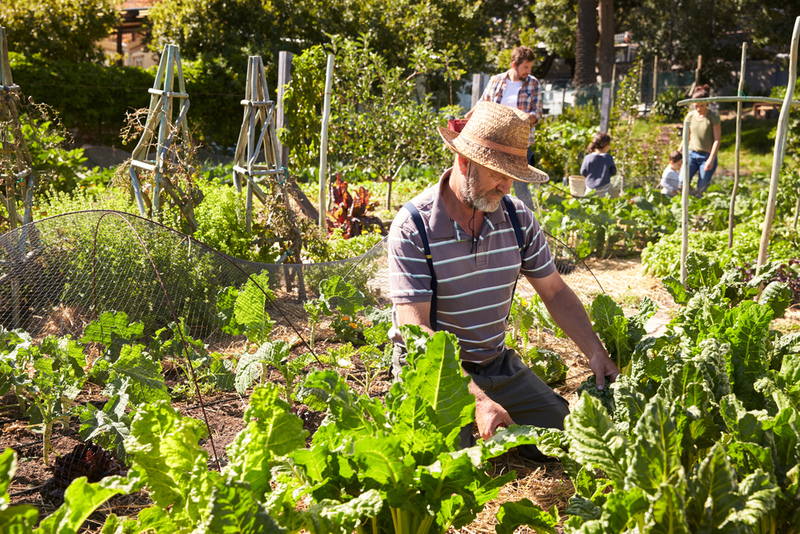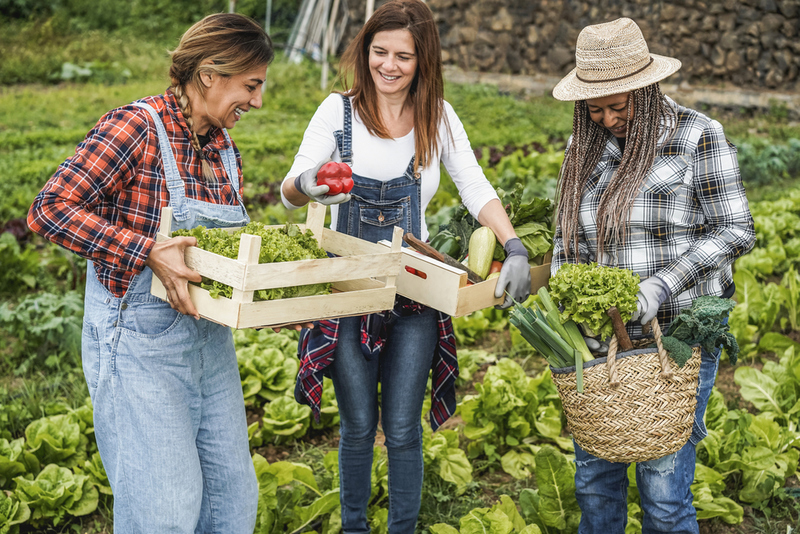It’s a piece of land used for agricultural purposes, maintained and shared by a community.

Food deserts are areas where food produce is not easy to access. Food deserts are more likely to occur in low-income areas. This is because the high cost of transportation is often a barrier to reaching good food sources. Planting a community garden in these affected areas will provide residents which much-needed access to nutritious food.
In addition to promoting sustainable agriculture, community gardens may also help to mitigate adverse environmental repercussions. Gardens planted in urban areas help reduce excess water runoff and soil erosion. Urban agriculture also creates habitats and promotes the presence of ecosystems.
Residents in food deserts may suffer from health problems, such as obesity and inadequate nutrition. Gardening in these locations has the potential to improve nutrition and increase the consumption of fruits and vegetables. Community gardens are a great way to get people involved in gardening tasks and in doing so, increase physical exercise.

Individuals’ well-being in a community is dependent on their ability to form and maintain social interactions, which may result in better health and greater community participation. Community gardens aid in the establishment of social relationships and the creation of a better feeling of belonging in the surrounding area. These links reduce crime, empower residents, and establish a sense of security in their communities. Gardens may help to increase economic opportunities by educating volunteers and selling vegetables at farmers’ markets.